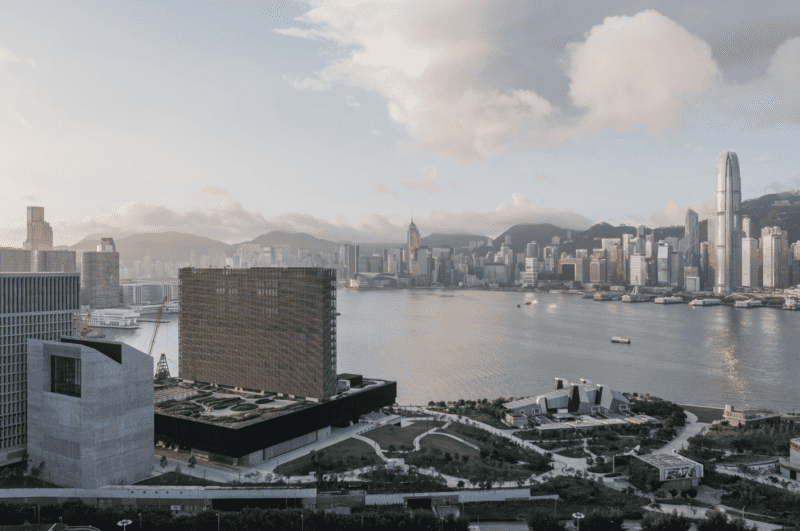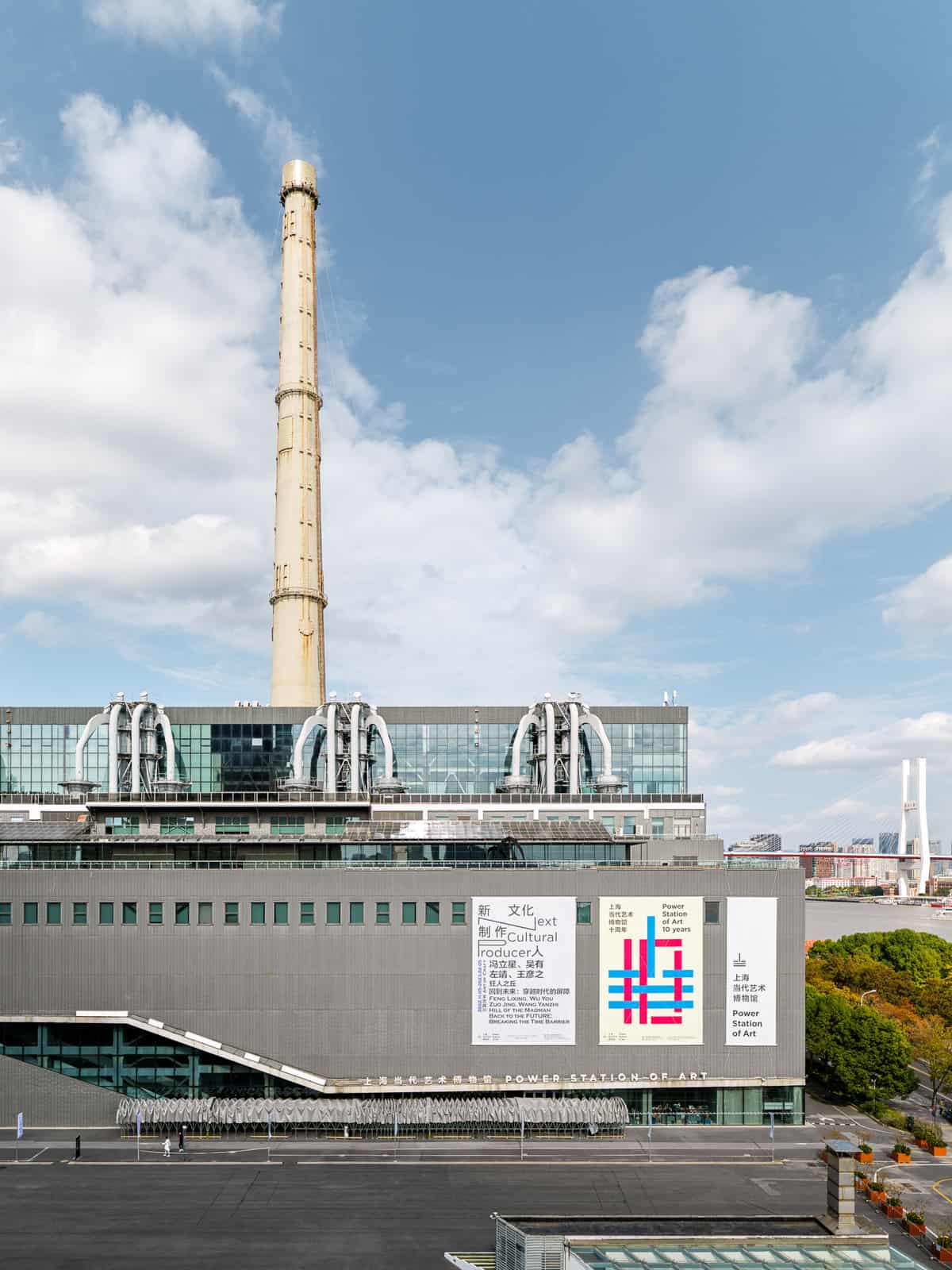
The Power Station of Art (PSA) and the CHANEL Culture Fund “Art of Craft” is the first season of the “Next Cultural Producer” programme, taking the form of parallel exhibitions at PSA’s 2F exhibition hall to 5th February 2023.
From the outset we sought to develop a Culture Fund with a truly global scope, reflecting the diversity of art forms worldwide, so we are delighted to be announcing a new partner in Asia. The Power Station of Art in Shanghai is unique as mainland China’s first public contemporary art museum and upholds our shared belief in the central importance of creativity in driving innovation.
Yana Peel, Global Head of Arts & Culture at Chanel.
The two winning projects of the season are Hill of the Madman, curated by FENG Lixing & WU You, and Back to the FUTURE: Breaking the Time Barrier, curated by ZUO Jing & WANG Yanzhi. By taking different approaches, the projects invite the public to debate the current situation of Chinese crafts and the possibility of their revival.
The two “Next Cultural Producer” groups are committed to long-term practice and research based on the Chinese context. With such efforts, the two aim to bridge “craft”, “making”, and their fragmented cultural context in the era of digital consumption through unique approaches, and to “revive” these in intimate yet inspiring cultural and living experiences. The groups also seek to overcome the problems faced by the art of craft amid the transformation of modes of production and ethics of consumption, reconstructing the relationship between “hand” and “craft” as well as between “crafting”, individual spirit, and the material world.
About Hill of the Madman

Tracing the origin of “craft” in Eastern and Western philosophy, Hill of the Madman endorses the idea of crafting as the ability to “know” and to “see”. Through the exhibition, FENG Lixing and WU You gaze upon crafting of 11 artists as both a daily routine and a “non-productive” way of connecting their bodies with material world, and eventually present a collection of subtle yet highly intensified artworks that could be perceived as “madness”.

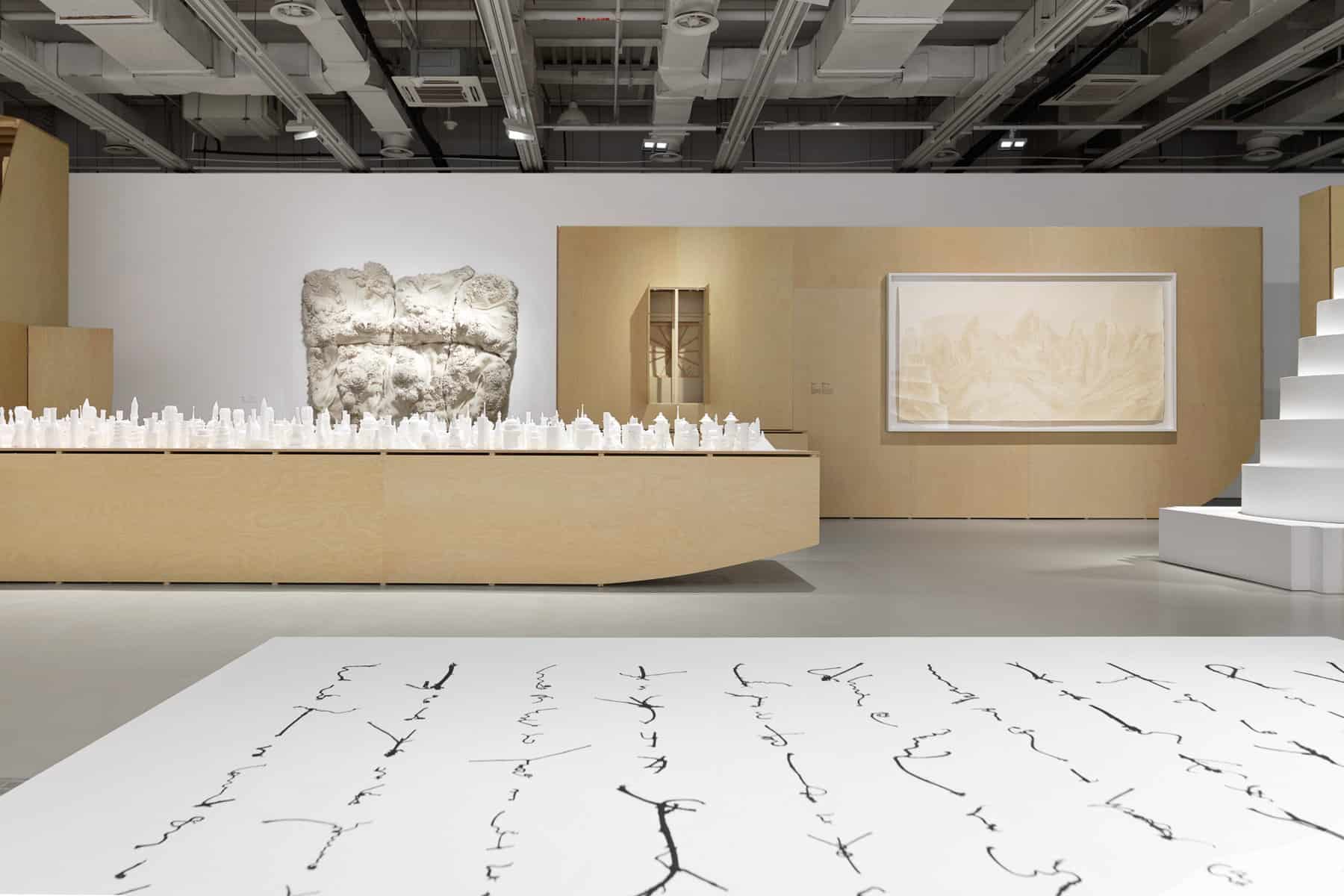
For artist YUAN Jai, such “madness” lies in the competitive and inter-promoting relation between clouds, rocks and water in either dynamic or static states, portrayed through interlacing colors and lines; for NI Youyu, it is about collaging Freewheeling Trip, a fictional landscape developed with tens of thousands of old photos collected worldwide that are sorted, cropped and reorganized in an “anti-photoshop” way – here, photography is no longer photography, but fragments of time and space; for FU Xiaotong, it is the whispering of needles piercing rice paper countless times, until the pinpricks gradually link into mountains and tempestuous waves; and for SHAO Yinong, “madness” refers to a kind of self-cultivation with perseverance and consistency. He uses oil paint to make an ebony heartwood that has been lying underwater for thousands of years and continues to grow: paint, sand, sack, hang ash, and paint again – the unity of time, wood, paint, hands and labor endows the ebony heartwood with new growth rings.
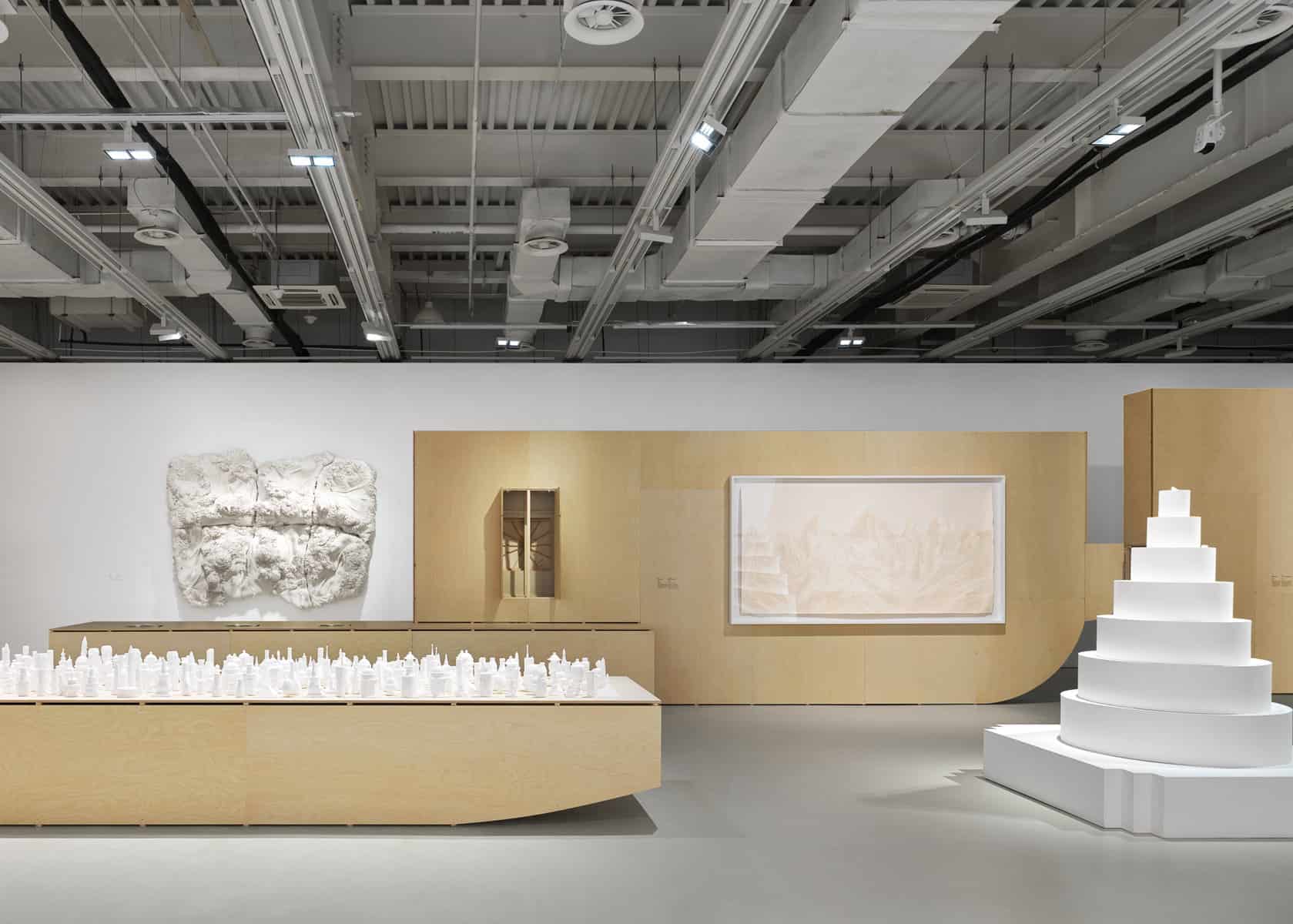
Participating Artists: CUI Fei, FU Xiaotong, LI Gang, LIN Fanglu, LIU Jianhua, LU Bin, NI Youyu, SHAO Fan, SHAO Yinong, WANG Kezhen, YUAN Jai.
When the robotic hand has arrived, the subject of ‘craft’ actually reveals the huge issue of how human beings should face their own progress. How should individual memory get along with the ever-innovating production environment, and how should a single discipline face ever-expanding global collaboration and circulation? When we stop thinking about the cultural nostalgia of the nation, we expect to extend an inward journey to search for tradition into an outward initiative.
said Gong Yan.
Through different paths, perhaps we can show how ‘handicrafts’, after experiencing structural pains in the transformation of production methods and consumption ethics, carry a kind of ‘humanity’ and ‘care’ to re-sew the gap between the modern spirit, material world and even the digital world
The purpose of a retrospective on traditional craftsmanship at Power Station of Art in Shanghai, is to gain a sense of determination to go against the trend. It can not only be an anchor point to look back from the future, but also must give power to bravely imagine a different future.
says Gong Yan, director of the museum,
About Back to the Future: Breaking the Time Barrier

In a time when modern civilization has led to the eventual sorrow of handicrafts, Back to the Future: Breaking the Time Barrier proposes to examine “crafts” within the framework of a friendly yet restrained production system. By doing so, the exhibition attempts to re-embrace a method through which man and nature bond and empathize with each other and explore how the healthy concepts of making and the spiritual heritage of traditional crafts could be applied in contemporary manufacturing and modern life.

Drawing from the personal experience of the two cultural producers, ZUO Jing and WANG Yanzhi, the exhibition first revisits their practice of folk art revival over the past decade that centers on the theme “Crafts and the Rural”. Notable exhibits include how Xiaohe and Zhong Yongfeng created the “Homecoming” album around Mainland rural reconstruction and crafts revival; how GUI Shuzhong intervenes in the fate of his hometown crafts, “Yukou paper” and “wooden movable type” through field research documentaries; how LIU Qingyuan approaches woodcuts between urban and rural areas by combining aesthetics, education and functionality; how SUMMERWOOD Textiles and the Phadrokbha Cooperative provide referential solutions for the revival of crafts through pragmatic practice and an integrated “social design” mindset; and how Healing Garden focuses on hand-associated labor and artistic practices as a thread to reshape the spiritual connection between people and communities, and between human and nature. At the same time, the exhibition has also commissioned architect LUO Yujie as the exhibition’s space designer, by creating a “paper” exhibition system, to showcase how the concept “natural building” can be applied in both exhibitions and contemporary lives.
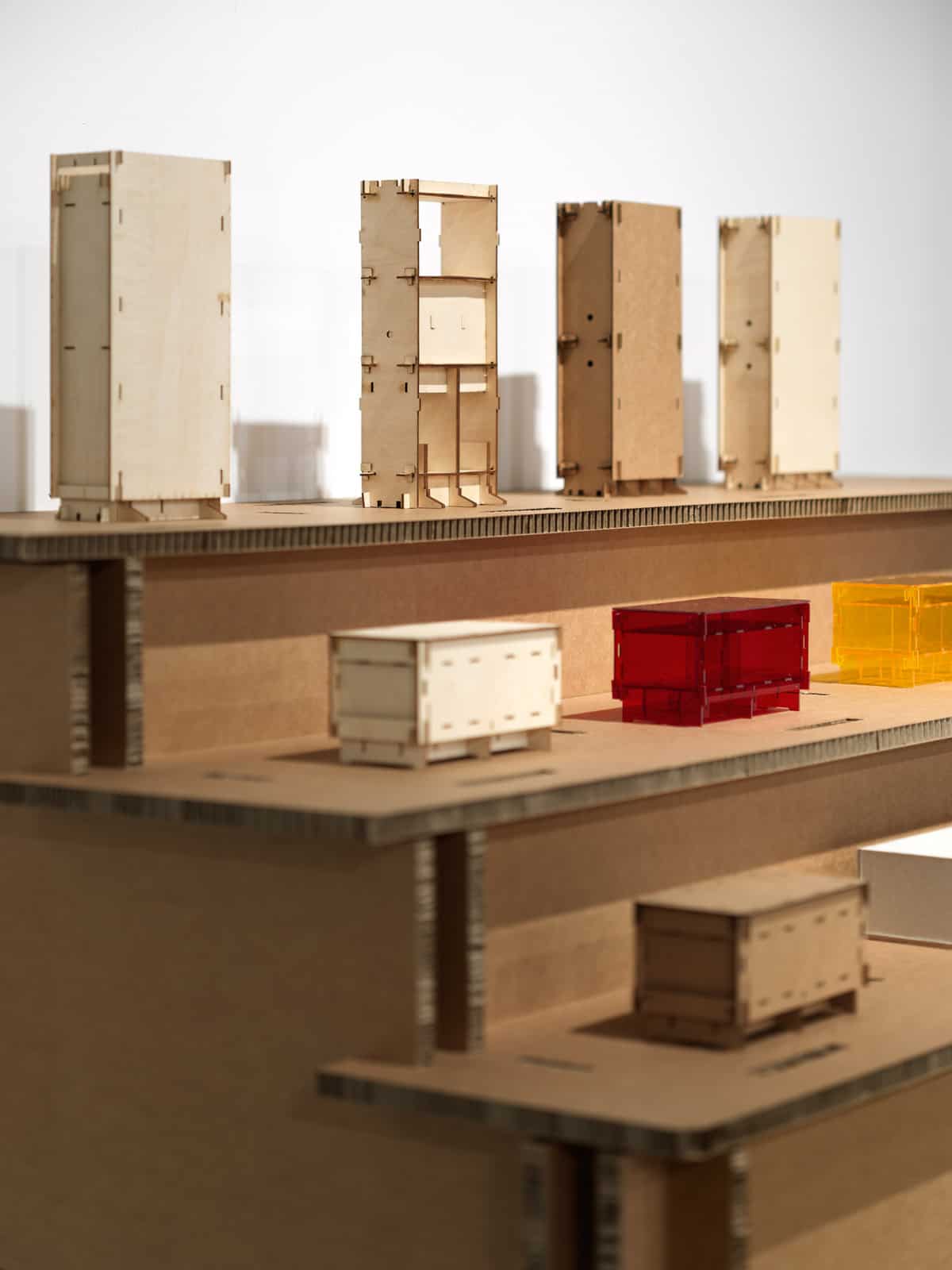

Participating Handicraft Practitioners, Researchers, Artists and Architects: Bishan Crafts Cooperatives & LIU Qingyuan, GUI Shuzhong, YANG Tao, TANG Shukun, ZHONG YongFeng, XIAO He, LUO Yujie, The Phadrokbha Cooperative, WANG Yuanzheng, Wengwa Rainforest Discovery, Summerwood Textiles and Healing Garden.
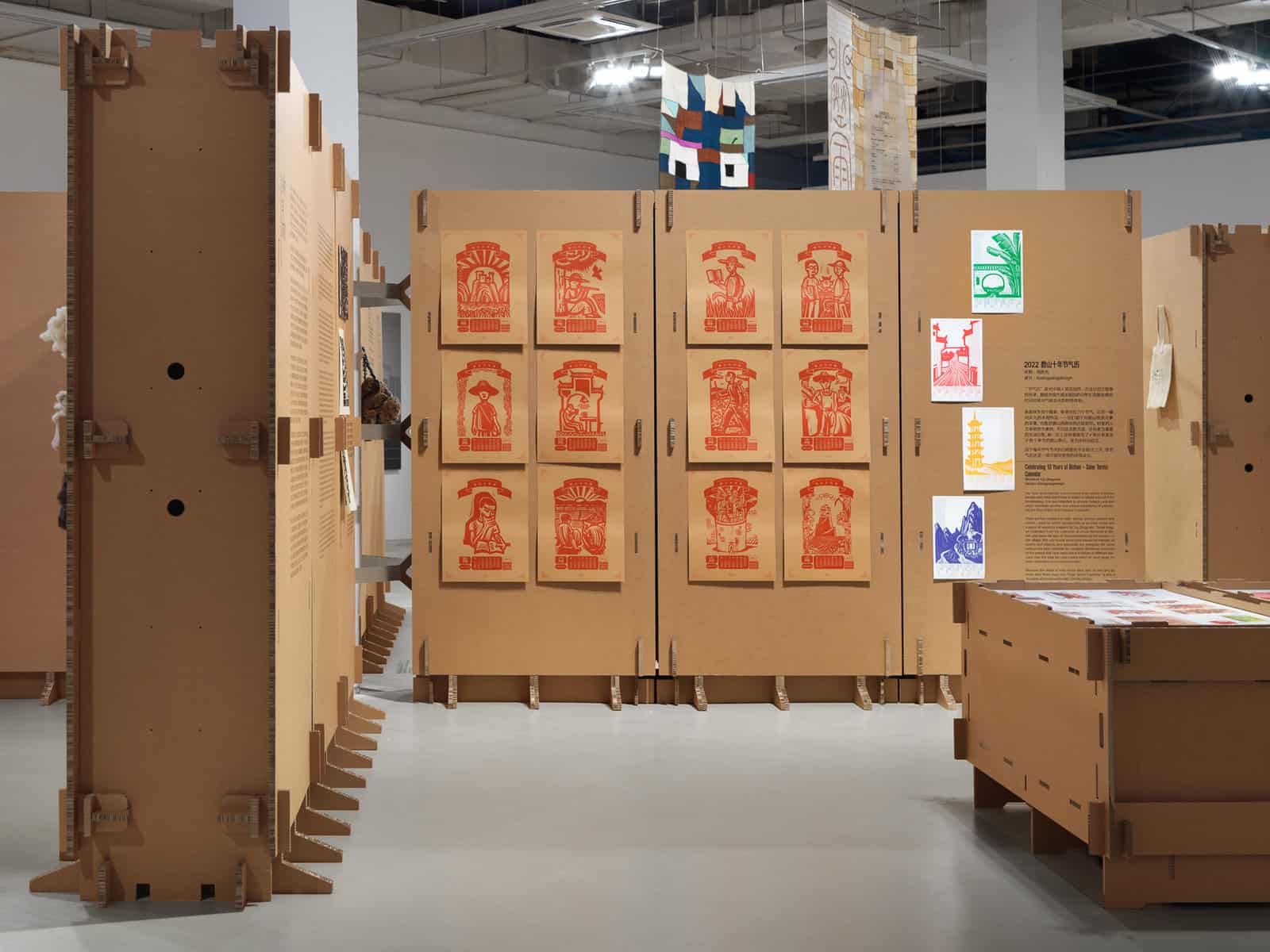
MORE: powerstationofart.com/art-of-craft
Categories
Tags
- Bishan Crafts Cooperatives & LIU Qingyuan
- CHANEL Culture Fund
- CUI Fei
- FENG Lixing
- FU Xiaotong
- GUI Shuzhong
- Healing Garden
- LI Gang
- LIN Fanglu
- LIU Jianhua
- LU Bin
- LUO Yujie
- Next Cultural Producer
- NI Youyu
- SHAO Fan
- SHAO Yinong
- Summerwood Textiles
- TANG Shukun
- The Phadrokbha Cooperative
- The Power Station of Art
- WANG Kezhen
- WANG Yanzhi.
- WANG Yuanzheng
- Wengwa Rainforest Discovery
- WU You
- XIAO He
- YANG Tao
- YUAN Jai
- ZHONG YongFeng
- ZUO Jing

